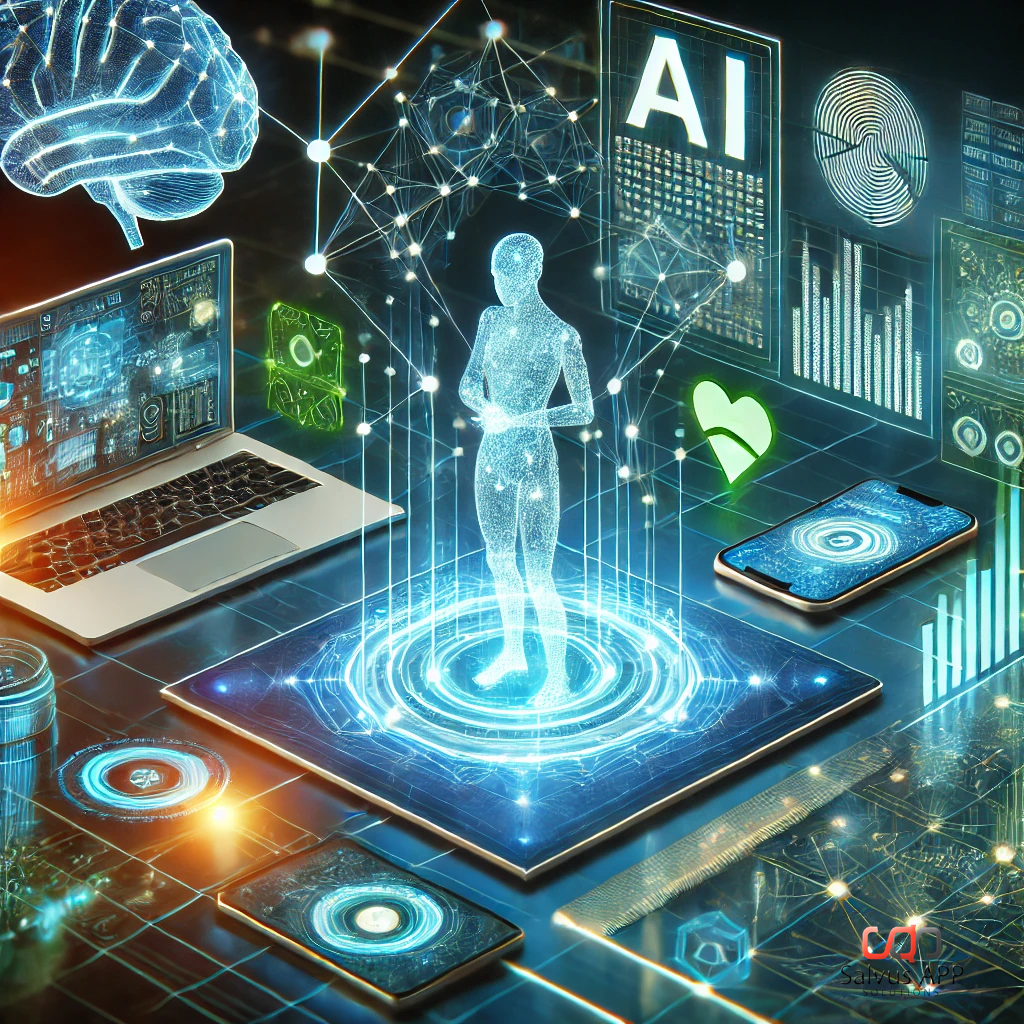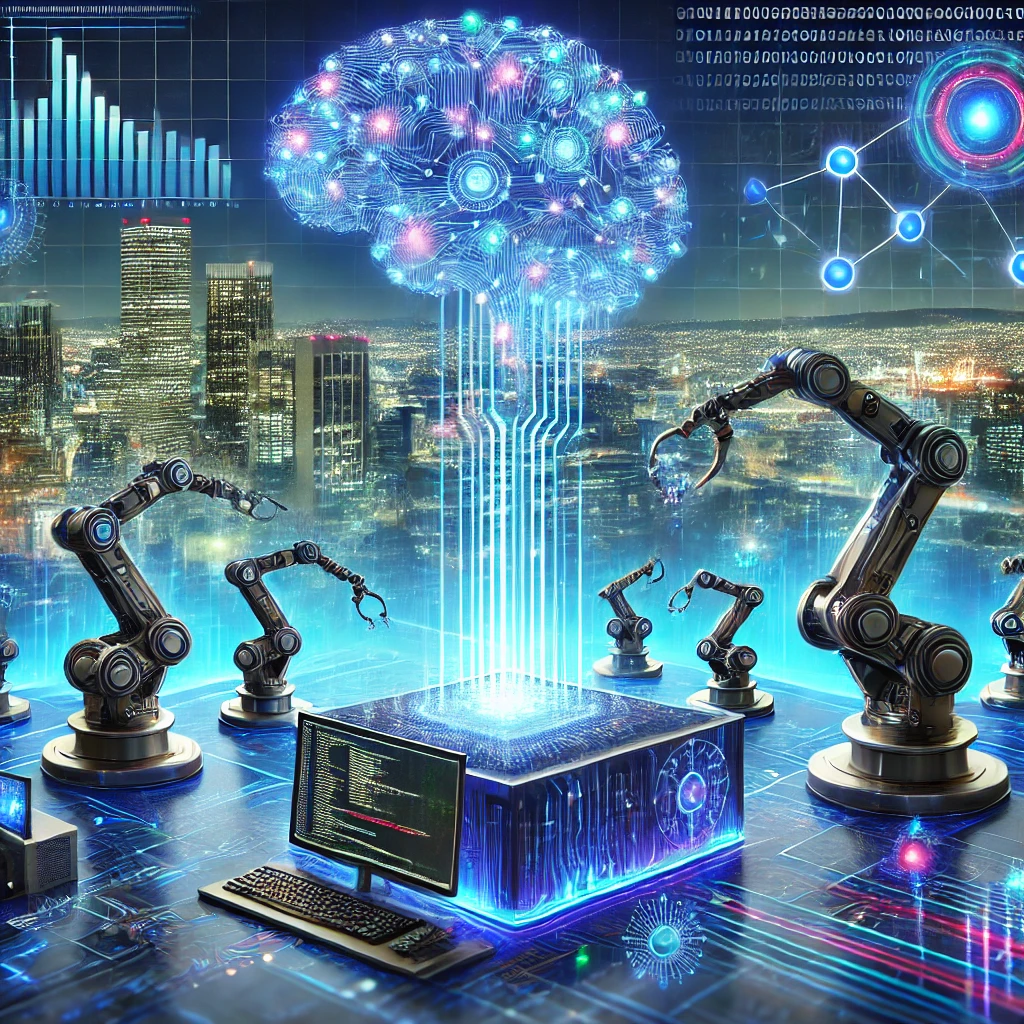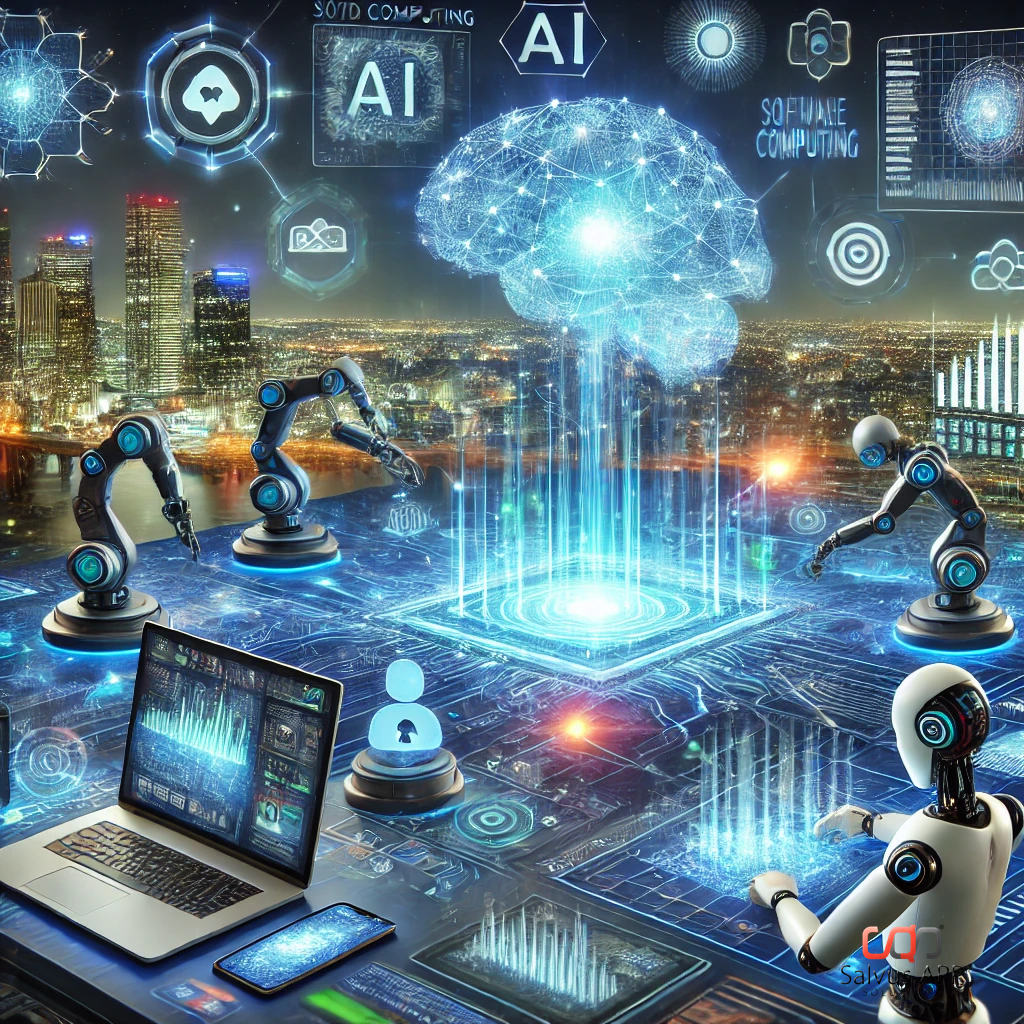Artificial Intelligence (AI) is no longer a futuristic concept; it is a present-day reality that is transforming industries across the globe. In the world of IT, AI is revolutionizing how businesses operate, enhancing efficiency, improving decision-making, and enabling smarter, faster solutions. From software testing to technical support, AI’s impact on IT is profound and far-reaching.
In this blog post, we will explore the various ways AI is shaping the IT industry, enhancing both processes and outcomes. Let’s dive into how AI is reshaping the future of IT and driving innovation.

1. The Power of AI in Automation
AI’s ability to automate routine and repetitive tasks is one of the most powerful advantages it offers to the IT sector. Automation powered by AI can help organizations reduce human error, improve consistency, and free up valuable resources for more strategic tasks.
Automated Decision-Making
Machine learning (ML) algorithms can analyze vast amounts of data, recognize patterns, and make decisions in real-time, removing the need for human intervention in certain processes. For instance, AI systems can automatically adjust network settings, optimize system resources, or even flag potential issues based on data-driven insights.
Predictive Automation
AI doesn’t just react to problems; it can predict and prevent them. By analyzing past data and identifying patterns, AI can foresee potential system failures, security threats, or performance issues before they even occur. This proactive approach allows businesses to take preventive actions, saving time, money, and ensuring smooth operations.
2. AI in Software Testing: Achieving Greater Precision and Efficiency
Software testing is a critical phase in the development cycle, ensuring that applications are free from bugs and perform as expected. AI is transforming this process by enabling faster, more accurate, and more thorough testing.
Automated Test Case Generation
AI-powered tools can automatically generate test cases based on the source code, user behavior, and historical data. This helps reduce the need for manually written tests, which can be time-consuming and prone to errors. The AI models continuously improve their testing capabilities by learning from past iterations, ensuring that tests become more effective over time.
Bug Detection and Resolution
AI can analyze code for potential bugs much faster than a human developer. By leveraging machine learning, AI systems learn from previous bug reports and can automatically flag possible issues or areas that might cause errors in future software versions. This not only speeds up the development cycle but also improves the overall quality of software.

3. Natural Language Processing (NLP): Enhancing Human-Machine Interaction
Natural Language Processing (NLP), a branch of AI focused on enabling machines to understand and interpret human language, is one of the most exciting advancements in the IT industry.
Improved User Experience
NLP allows for more intuitive interactions between humans and machines. Whether through chatbots, virtual assistants, or automated helpdesks, NLP enables users to communicate with systems in a natural, conversational way. This improves user experience by allowing users to ask questions or make requests in plain language, eliminating the need for specialized knowledge of commands or technical jargon.
Data Extraction and Analysis
NLP is also crucial in extracting valuable insights from unstructured data sources such as emails, documents, and customer feedback. AI models can process and analyze these vast amounts of text data to uncover trends, sentiment, and actionable insights that would otherwise remain hidden.
4. AI in Cybersecurity: Strengthening Protection Against Threats
In an increasingly digital world, cybersecurity is more critical than ever. AI is playing a pivotal role in enhancing security measures, providing robust solutions to combat evolving threats.
Threat Detection and Response
AI systems can monitor network traffic in real-time, identifying patterns of behavior that indicate a potential security threat. By continuously learning from new data, AI can detect emerging threats faster than traditional methods. For instance, AI models can recognize unusual patterns, such as abnormal logins or unauthorized data access, and respond accordingly by raising alerts or taking action to prevent a breach.
Autonomous Defense Mechanisms
AI-powered systems can autonomously respond to threats by isolating affected devices, blocking suspicious traffic, or even running countermeasures. These systems can act much faster than human responders, providing near-instant protection against cyber-attacks.
Predictive Security
AI isn’t just reactive; it’s also predictive. By analyzing historical data and studying known attack vectors, AI systems can forecast where future threats are likely to come from and bolster defenses in advance, giving businesses a proactive edge in cybersecurity.
5. AI in Data Analysis: Turning Information into Actionable Insights
Data is the backbone of many businesses today, and AI is helping IT professionals turn massive amounts of raw data into actionable insights, enhancing decision-making and driving innovation.
Data Mining and Pattern Recognition
AI systems excel at sifting through vast datasets and identifying meaningful patterns that would be impossible for humans to detect. By analyzing customer behavior, market trends, or operational performance, AI can help businesses identify areas of improvement, new opportunities, and potential risks.
Real-Time Analytics
AI’s ability to analyze data in real-time allows businesses to make decisions more quickly and effectively. Whether it’s monitoring website traffic, social media sentiment, or supply chain efficiency, AI-powered analytics can provide up-to-the-minute insights, allowing businesses to stay agile and responsive in an ever-changing market.
6. AI in Cloud Computing: Enhancing Scalability and Performance
The integration of AI with cloud computing has taken the capabilities of cloud platforms to new heights. By leveraging AI, organizations can make the most of cloud infrastructure, improving scalability, performance, and security.
Automated Resource Allocation
AI models can automatically scale cloud resources up or down based on demand, ensuring that businesses only pay for what they use. This reduces operational costs and ensures that systems remain optimized for performance at all times.

Cloud Security Enhancement
AI-powered security systems can continuously monitor cloud environments for potential vulnerabilities, automatically patching security flaws, and strengthening defenses against cyber threats.
Conclusion: The Future of IT is AI-Driven
AI is not just a passing trend; it is the future of IT. From enhancing automation and software testing to improving cybersecurity and decision-making, AI is unlocking new possibilities for businesses and IT professionals. As AI technology continues to evolve, its impact on the IT industry will only grow, making it an essential tool for organizations looking to stay ahead in a competitive digital world.
Embracing AI today means equipping your business with the tools to thrive in the future. Whether through smarter decision-making, enhanced security, or increased efficiency, AI offers endless possibilities for growth and innovation in the IT sector.

















